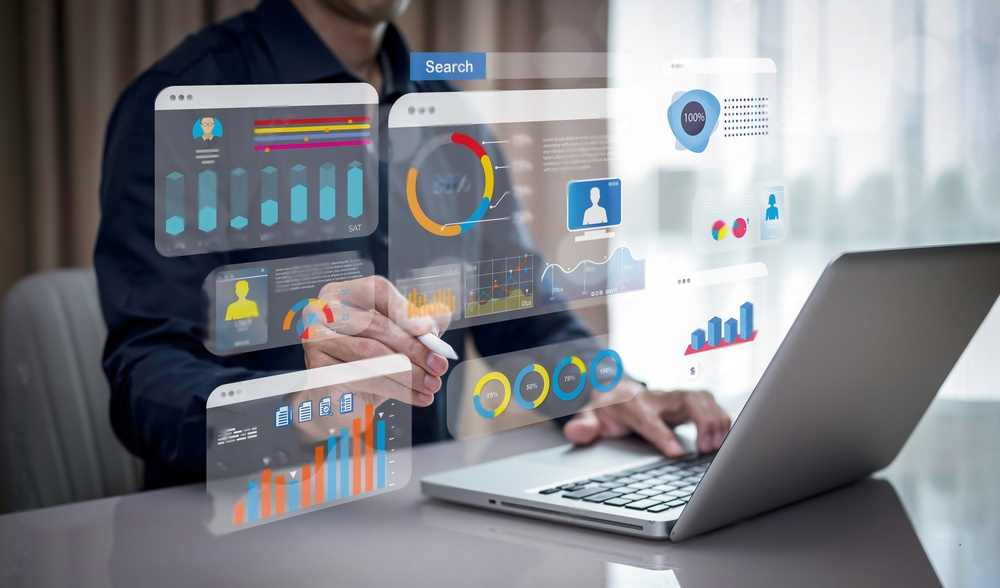In today's rapidly evolving healthcare landscape, remote patient monitoring (RPM) devices play a pivotal role in enhancing patient care and improving health outcomes. These innovative devices allow healthcare providers to remotely track vital signs, symptoms, and other health metrics, enabling timely intervention and personalized treatment plans. If you're looking to develop Remote Patient Monitoring Devices, this comprehensive guide will walk you through the key steps and considerations.
Define Your Objectives
Before diving into the development process, it's essential to clearly define your objectives and target audience. Determine the specific health parameters you intend to monitor, such as heart rate, blood pressure, glucose levels, or activity levels. Identify the demographic or patient population you aim to serve, whether it's individuals with chronic conditions, elderly patients, or post-operative care recipients.
Conduct Market Research
Conduct thorough market research to understand existing remote patient monitoring solutions, emerging trends, and unmet needs within the healthcare industry. Analyze competitor products, regulatory requirements, and reimbursement policies to identify market gaps and opportunities for innovation. Engage with healthcare professionals, patients, and other stakeholders to gain valuable insights and validate your product concept.
Design User-Centric Solutions
Focus on designing user-centric solutions that are intuitive, accessible, and easy to use for both patients and healthcare providers. Collaborate with design experts to create sleek, ergonomic devices with user-friendly interfaces and seamless connectivity features. Incorporate feedback loops and alerts to ensure timely communication and intervention in case of abnormal readings or emergencies.
Leverage Advanced Technologies
Harness the power of advanced technologies such as wearable sensors, Internet of Things (IoT) connectivity, artificial intelligence (AI), and data analytics to develop innovative remote patient monitoring devices. Explore different sensor modalities and communication protocols to optimize accuracy, reliability, and battery life. Implement AI algorithms for real-time data analysis, anomaly detection, and predictive insights to support clinical decision-making and proactive care management.
Ensure Data Security and Compliance
Prioritize data security and privacy throughout the development process to safeguard sensitive patient information and comply with regulatory requirements such as HIPAA (Health Insurance Portability and Accountability Act). Implement robust encryption protocols, access controls, and authentication mechanisms to protect data integrity and confidentiality. Establish data governance policies and procedures to govern data collection, storage, sharing, and retention.
Validate and Iterate
Conduct rigorous testing and validation to ensure the safety, effectiveness, and usability of your remote patient monitoring devices. Collaborate with healthcare institutions, research organizations, and regulatory agencies to design and execute clinical trials and validation studies. Collect and analyze real-world data to assess device performance, user satisfaction, and clinical outcomes. Iterate and refine your product based on feedback and insights gathered from pilot studies and user evaluations.
Seek Regulatory Approval
Prepare and submit a comprehensive regulatory submission package to obtain approval or clearance from relevant regulatory authorities such as the FDA (U.S. Food and Drug Administration) or CE Mark certification in Europe. Provide evidence of safety, efficacy, and quality through clinical data, risk assessments, and compliance with applicable standards and guidelines. Collaborate closely with regulatory experts and legal counsel to navigate the regulatory pathway and address any regulatory challenges or inquiries.
Foster Collaboration and Partnerships
Build strategic partnerships and collaborations with healthcare providers, payers, technology vendors, and other stakeholders to drive the adoption and integration of your remote patient monitoring devices into clinical workflows and care delivery models. Explore opportunities for reimbursement, telehealth integration, and value-based care initiatives to ensure sustainable market access and scalability.
Provide Ongoing Support and Maintenance
Offer comprehensive support services, training programs, and technical assistance to healthcare providers, patients, and caregivers to maximize the value and effectiveness of your remote patient monitoring devices. Establish proactive monitoring and maintenance protocols to detect and address device issues, software updates, and cybersecurity threats promptly. Continuously gather feedback and insights to drive product enhancements and innovation.
Monitor Performance and Outcomes
Monitor the performance, utilization, and outcomes of your remote patient monitoring devices through robust analytics, reporting, and quality improvement initiatives. Measure key performance indicators such as patient engagement, adherence, clinical outcomes, and cost savings to demonstrate the value and impact of your solution. Collaborate with healthcare stakeholders to evaluate and optimize care pathways, resource allocation, and population health management strategies.
By following these steps and best practices, you can develop high-quality remote patient monitoring devices that empower healthcare providers, engage patients, and improve health outcomes in an increasingly connected and digital healthcare ecosystem. Remember to stay agile, responsive, and patient-centered throughout the development journey to deliver meaningful innovations that transform the delivery of care.


No comments yet